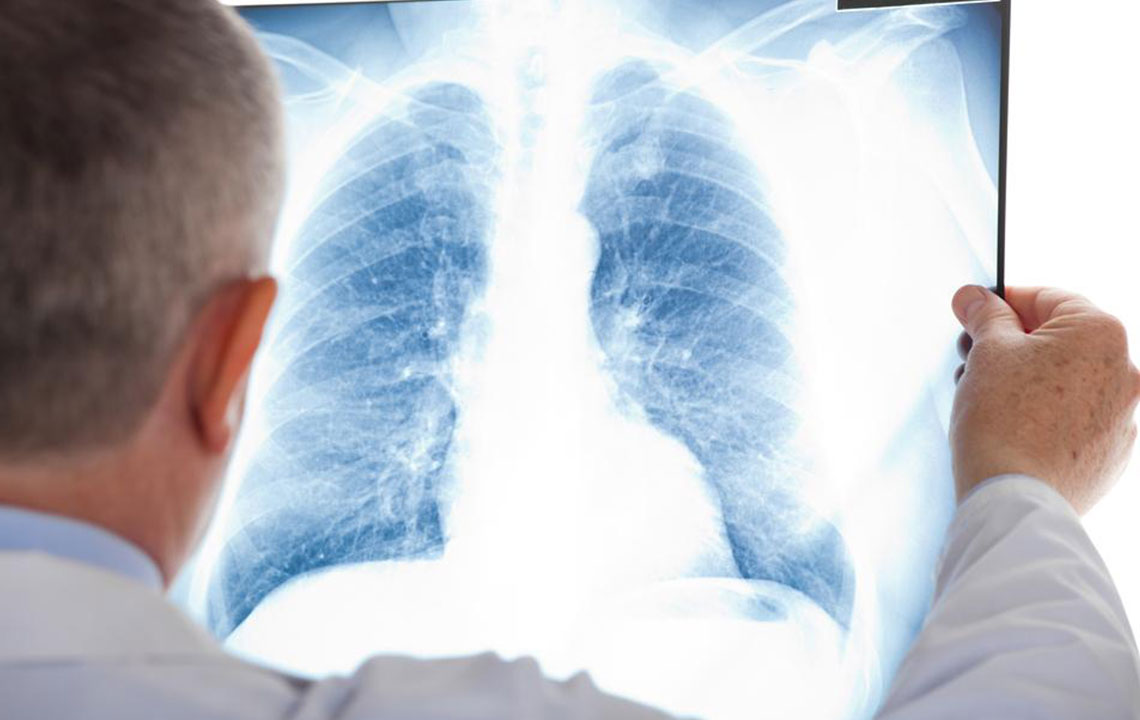Comprehensive Guide to Mesothelioma: Diagnosis, Treatment Strategies, and Expert Care
This comprehensive article explores mesothelioma, focusing on early diagnosis methods, including blood tests, imaging, and biopsies, as well as various treatment options like surgery, radiation, and chemotherapy. It emphasizes the importance of specialist consultation and highlights recent advancements in therapy, aiming to improve patient outcomes. With detailed information on symptoms, diagnosis procedures, and treatment strategies, the article serves as an essential resource for patients and caregivers navigating this complex disease.

Comprehensive Guide to Mesothelioma: Diagnosis, Treatment Strategies, and Expert Care
Mesothelioma is a rare but aggressive form of cancer that originates in the mesothelium, the specialized layer of cells lining various internal organs such as the lungs, abdomen, and heart. Due to its infrequent occurrence and often subtle symptoms, early diagnosis plays a critical role in improving patient outcomes. Understanding the disease, recognizing early signs, and knowing the available diagnostic tools and treatment options can significantly impact life expectancy and quality of life for those affected.
Mesothelioma is primarily linked to asbestos exposure, often occurring decades after initial contact. This latency period makes recognizing symptoms challenging and emphasizes the importance of regular medical check-ups for at-risk populations. In this comprehensive guide, we delve into the intricacies of mesothelioma diagnosis, exploring the latest medical techniques and tests, as well as discuss the most effective treatment options, including surgical procedures, radiation, and chemotherapy. We also highlight the importance of consulting specialized healthcare providers experienced in mesothelioma for optimal care.
Understanding Mesothelioma
Mesothelioma affects the mesothelial cells, which serve as a protective lining for visceral organs. The most common form, malignant pleural mesothelioma, develops in the lining of the lungs, while less common types include peritoneal mesothelioma, affecting the abdominal lining, and pericardial mesothelioma, involving the lining of the heart. The disease’s insidious onset and resemblance to other respiratory or abdominal conditions often delay diagnosis, leading to advanced disease at discovery.
Because mesothelioma is rare and complex, the diagnostic process involves multiple tests designed to detect cancerous changes at an early stage. Accurate diagnosis requires a thorough medical history review, including asbestos exposure history, and a combination of laboratory, imaging, and tissue analysis procedures.
Steps in Diagnosis
Blood Tests: While blood tests cannot definitively diagnose mesothelioma, certain biomarkers such as fibulin-3, osteopontin, and soluble mesothelin-related peptides (SMRPs) are elevated in many patients. These markers are valuable for screening and monitoring disease progression but should always be complemented by tissue diagnosis.
Imaging Modalities: Imaging studies are fundamental in identifying suspicious areas. Chest X-rays can reveal pleural effusion or thickening, whereas computed tomography (CT) scans provide detailed cross-sectional images of tissues. Positron emission tomography (PET) scans are used to identify metastasis and assess the extent of disease spread.
Fluid and Tissue Sampling: Fluid accumulation in the chest, abdomen, or around the heart, common in mesothelioma, can be sampled through procedures like thoracentesis, paracentesis, or pericardiocentesis. Lab analysis of these samples can detect cancer cells, offering initial clues.
Biopsies: The definitive diagnosis relies on tissue biopsy. Techniques include thoracoscopy, mediastinoscopy, or image-guided needle biopsies to extract samples from suspicious areas. Histopathological examination confirms malignancy and helps distinguish mesothelioma from other cancers.
Treatment Approaches
Treatment of mesothelioma is multidisciplinary, often combining surgery, radiation, and chemotherapy tailored to the individual’s disease stage, overall health, and preferences. The goal can be curative or palliative, focusing on symptom relief and quality of life.
Surgical Options
Extrapleural Pneumonectomy: An extensive surgery involving removal of the affected lung, part of the diaphragm, pericardium, and pleura. This aggressive approach is suitable for select carefully staged patients.
Pleurectomy and Decortication: Removing the pleural layer affected by tumor while preserving the lung. Less invasive than pneumonectomy, this procedure aims to improve breathing and reduce symptoms.
Pleurodesis: A palliative technique to prevent recurrent pleural effusions by scarifying the pleural layers and inserting agents to cause adhesion.
Radiation Therapy
High-energy radiation treatments target cancer cells, often used post-surgery to eradicate residual disease or as a palliative measure to control pain and improve breathing.
Chemotherapy
Systemic anti-cancer drugs like pemetrexed combined with platinum-based agents (cisplatin or carboplatin) are standard treatments. Newer drugs and immunotherapies are under ongoing clinical trials, offering hope for improved outcomes.
Given the complexity and aggressive nature of mesothelioma, early consultation with specialist oncologists and thoracic surgeons is essential. Advances in targeted therapies and immunotherapy continue to evolve, promising better prognosis and survival rates in the coming years.
In conclusion, proactive awareness and early intervention remain the cornerstones of managing mesothelioma. Regular health screening for individuals with known asbestos exposure, combined with advances in diagnostic and treatment modalities, can significantly improve disease prognosis. If you or a loved one notice symptoms such as persistent cough, chest pain, unexplained weight loss, or shortness of breath, seeking immediate medical attention from specialists experienced in mesothelioma care is crucial to increase the chances of successful treatment outcomes.





